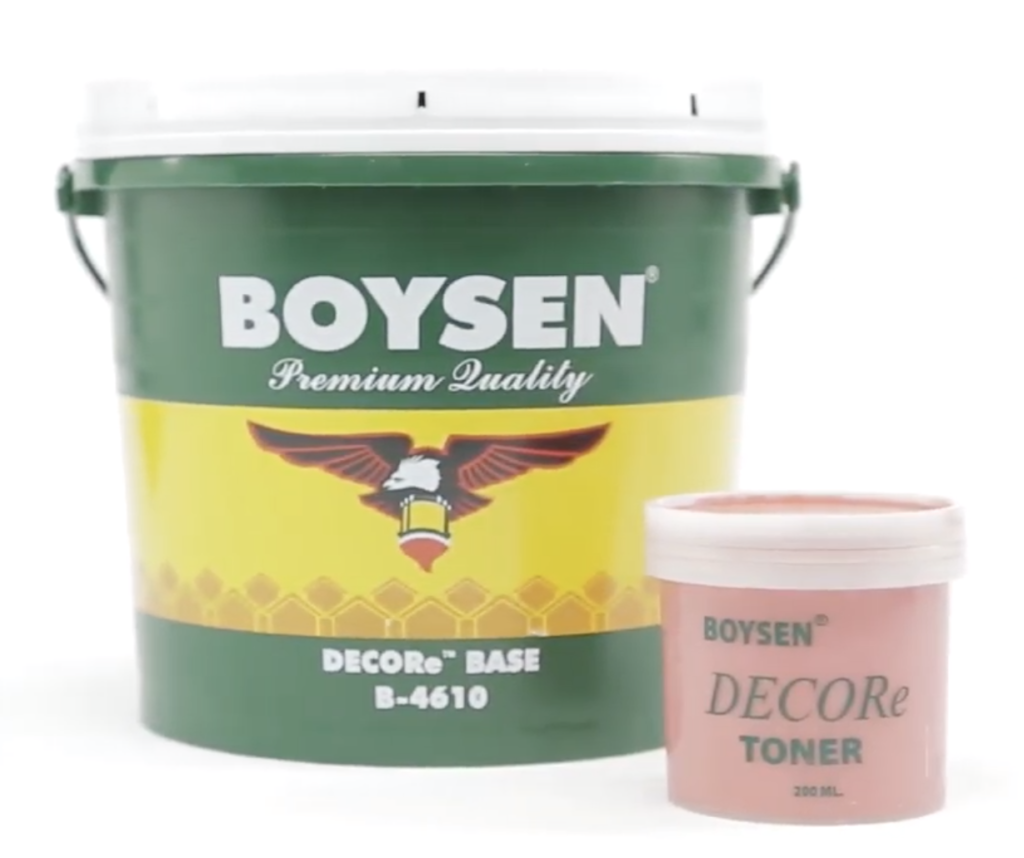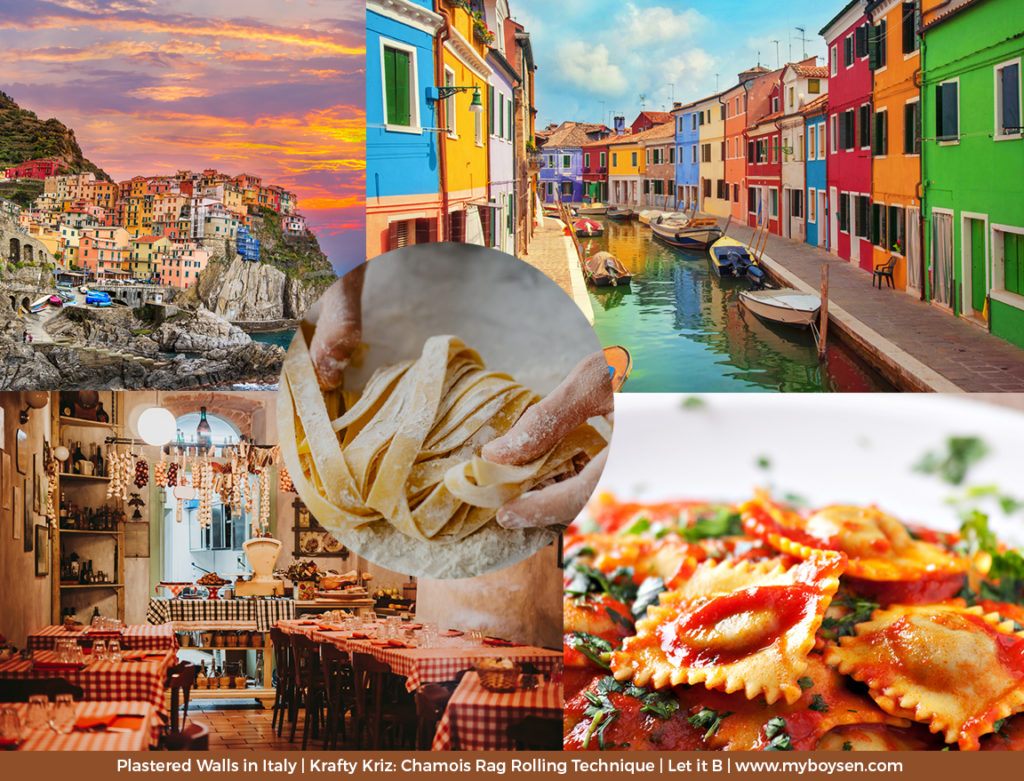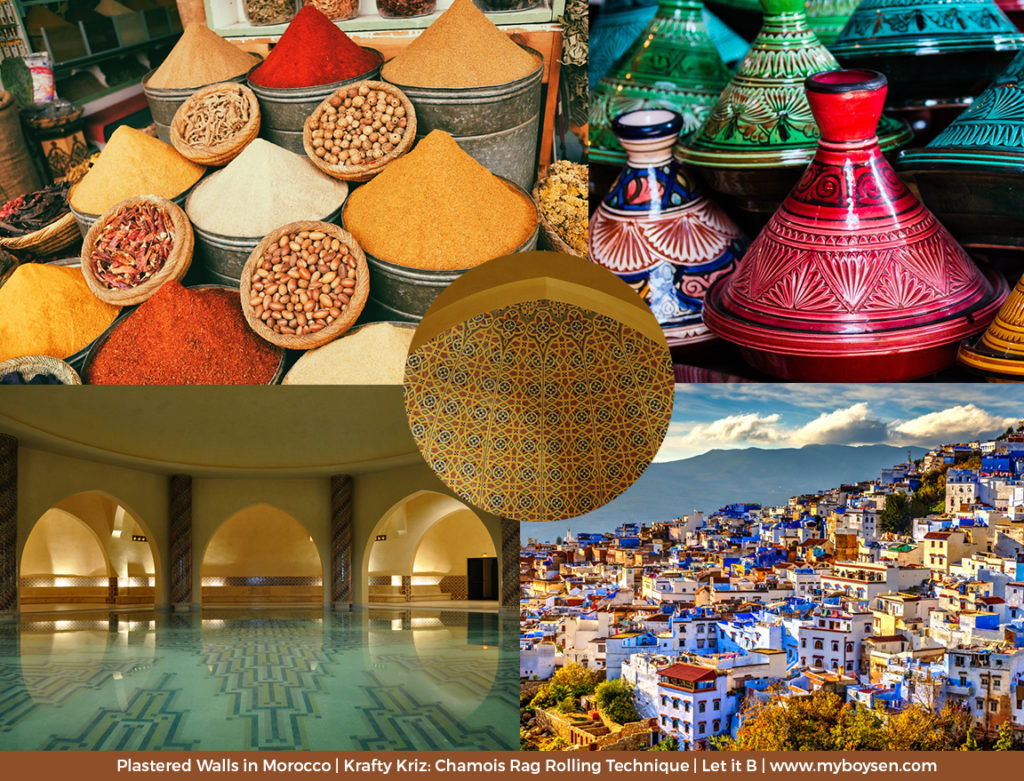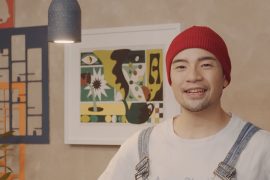Shimmy your way into a newly painted wall using the chamois (also shammy) rag rolling technique. Some people like to start the year with a clean house, even better if it’s a freshly-painted one. If you’ve got spare chamois rags lying around, don’t throw them away. Put them to good use instead by following this DIY technique from Kriz.
What’s a chamois rag? It’s a leathery kind of cloth that most people use to buff their cars with to get that gleaming look. You can find it in home depots, or even in gas stations.
If you like your walls to have some texture and don’t want to spend much, try this.
How to Get a Textured Wall
Textured walls do not appeal to everyone’s taste. The past decade’s minimalist or Scandinavian interior styles preclude this kind of painting technique. Even I, who do not go for the minimalist look or the pure Scandi style, still prefer my walls smooth and without texture for two reasons. One, it makes the walls easy to clean. Two, I like textures in my accessories, so I want a still backdrop yet still keep the ambience restful.
But I’m a firm believer that everyone has the right to be true to his taste.
Boysen DECORe
If you like textured walls, Boysen has a product called Boysen DECORe.

DECORe is a unique water-based decorative paint system that can simulate the complex texture and distinctive finish of the European masters right in your home. Unlike traditional faux finishes, Boysen DECORe does not need an elaborate intermixing of colors, layering techniques or sophisticated equipment. Brushing is all that’s required to achieve this very exquisite finish.
However, if you would like this for your home, we strongly recommend that you get a painter who has been trained to apply this paint system. It requires a special brush and a crisscrossing stroke to apply it on your walls.
Plastered Walls in Italy
In contemporary architecture, plastered walls had a resurgence about 3 years ago.
(Venetian) plastered walls in Italy are as ubiquitous as pizza and pasta. The colorful home exteriors on Burano island, those buildings jutting out from the hillsides of Cinque Terre, and even the homes in Tuscany with the terra cotta hues, carry this kind of texture.

Venetian plaster is expensive and you need craftsmen for the application. The effect is a European old world elegance that exudes the enduring feeling of timelessness. Venetian plaster is a putty made from fired limestone mixed with water, and is all natural.
Plastered Walls in Morocco
Morocco has their own plaster, which they call Tadelakt. It has been used for centuries in palaces, riads, and hammams. Like Venetian plaster, its base is also lime plaster but it is mixed with aggregates like marble or limestone sand, then treated with olive oil soap. The material then becomes waterproof and water-repellent, which is why it is used in baths, sinks, and many other surfaces in a home, interiors as well as exteriors.
Like Venetian plaster, the material and application is expensive, and is best done by craftsmen. Tadelakt is a method for experts that takes time. You finish by burnishing the surface with precious stones!

If the textures are done subtly, the surfaces can be stunning, and can work very well with minimalist designs!
Talking about Venetian plaster, interior designer Leigh Herzig said in an Architectural Digest article, “The look is earthy and soft. The application in thin translucent layers creates an iridescent finish, giving the appearance of depth and movement.
The interplay of natural light and lime plaster is exhilarating. It appears as if there’s simultaneously a warm light emanating from within the plaster and a vibration of light hovering above it. The effect is a feeling of lightness and stillness in the space. It’s these qualities that pair so nicely with a minimalist aesthetic. The plaster both warms up a pared-down space and enhances the focus on the essential.”
Of course, Kriz’s chamois rag rolling technique is not in the same league as Venetian plaster or Tadelakt. Nor does it come close to the quality of a surface where Boysen DECORe has been applied. But it is a fun and inexpensive way to practice your DIY skills. The effect is also not shabby at all. So get your spare trapos (chamois) ready, and try the rag rolling technique on a wall or two.
If you want to ask questions about Boysen DECORe, do call our friendly Technical Team at (02) 8363-9738 local 417 to 418 during office hours. Or you can send an email with your questions to ask@myboysen.com.




